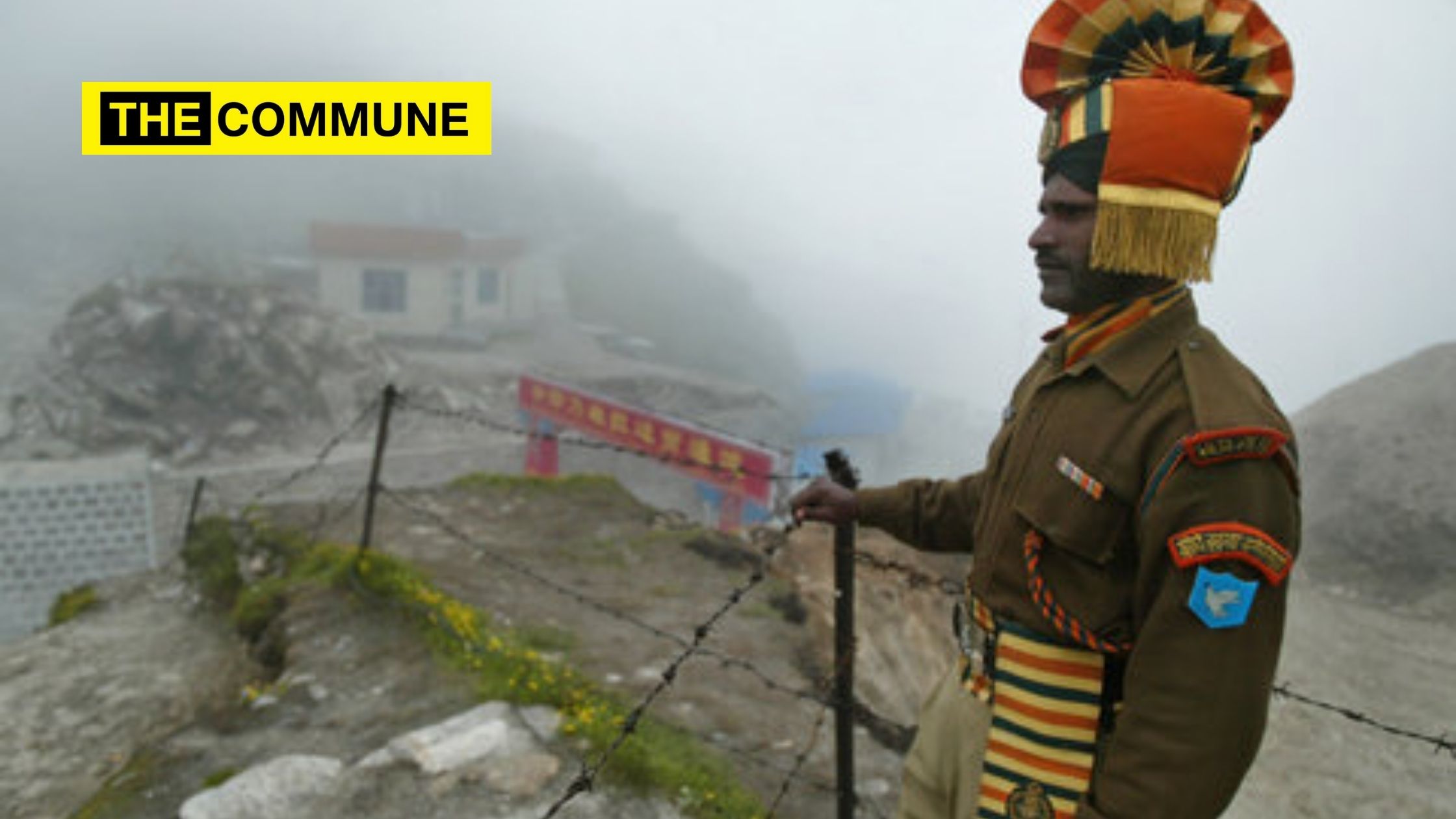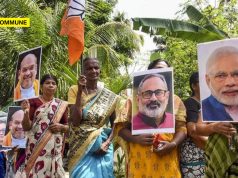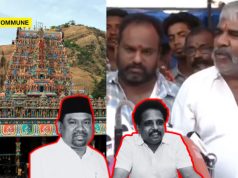
An Indian soldier standing guard at a border crossing between India and China in Sikkim
Image Credits: Diptendu Dutta/Agence France-Presse — Getty Images
A day after China officially acknowledged that its People’s Liberation Army (PLA) did suffer casualties at the bloody Galwan valley clash against the Indian Army, a barrage of hate messages targeted the Indian embassy’s Chinese social media account, reports Hindustan Times.
Chinese citizens wrote hateful and abusive messages, blaming New Delhi for the military stand-off and the death of their four PLA soldiers, whose names and stories were revealed by China yesterday, more than eight months after the June 2020 skirmish. Chinese state-run media too had painted the Indian Army as aggressors in the nearly nine-month military stand-off.
Thousands of abusive messages were posted on Chinese micro-blogging platform Weibo, after the communist government admitted that Chinese soldiers did die, albeit after eight long months. There is also strong evidence suggesting that the one-party state is hiding the real casualty figures.
Unlike Twitter, which is banned in China, Weibo is highly censored. The regime often uses the Chinese social media to keep an eye on its own people and quash any dissent.
Given that high numbers of hate messages were allowed to be posted on the site, it is believed that the Chinese state is running a campaign to hide the fact from the Chinese populace that it has disengaged its troops in Ladakh.
The acknowledgement of the deaths of the Chinese troops, and the awarding of honours and merit citations to the dead and injured soldiers, is nothing but an attempt to stir nationalistic feelings.
Two of the deceased soldiers, Chen Hongjun and Xiao Siyuan, who went to the Northwest Normal University and Henan Agricultural Vocational College, will be publicly eulogised by students and teachers in mourning activities. Already, photos of the four dead PLA soldiers allowed to circulate online had evoked a strong reaction from Chinese citizens and hundreds of millions of Chinese just learnt about their soldiers dying in a battle.
The Chinese government seems set to mine people’s emotions by allowing state media outlets to publish photos of the deceased from when they were young students.
This excerpt from a Global Times editorial puts it best on how the Chinese regime is stoking nationalistic fervour:
Back to the Galwan Valley clash last year, given the tense situation at that time, avoiding a comparison of casualties was more conducive to the stability of the border situation. Now that the round of border standoff has ended, we must make public the heroes’ deeds so that all Chinese people could admire and commemorate them to understand the weight of peace.
Reading between the lines, it is clear that emotions are running high among Chinese netizens over the soldiers’ deaths, and it is these emotions that the Chinese government seeks to exploit and turn into nationalistic zealotry.
Furthermore, in viral propaganda videos purportedly released by the Chinese military, Chinese soldiers are shown to be outnumbered by Indian troops. The videos are meant to give the Chinese people the impression that it was the Chinese troops that showed restraint and valour while taking on aggressive Indian servicemen.
However, in another video which first surfaced on Twitter in May 2020, a Chinese colonel can be seen posturing aggressively and yelling at Indian troops, clearly indicative of the fact that it was the Chinese troops who provoked the stand-off.
Proud of this Indian officer. Watch how calmly he handles the numerically superior Chinese while the PLA Colonel nearly burst a vein trying to intimidate. Great metaphor for the calm restraint and strength shown in south Pangong. pic.twitter.com/YigzU9FYZT
— Shiv Aroor (@ShivAroor) February 19, 2021
Click here to subscribe to The Commune on Telegram and get the best stories of the day delivered to you personally.




